Carlsen-Anand
2013
Match for the World Chess Championship
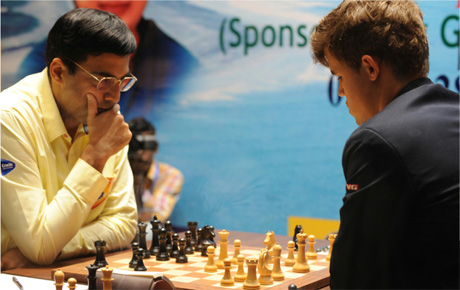
by Karsten Mller
Foreword by Susan Polgar

2014
Russell Enterprises
Milford CT USA
Carlsen-Anand 2013
Match for the World Chess Championship
Copyright 2014
Karsten Mller
ISBN: 978-1-941270-06-6
All Rights Reserved
No part of this book may be used, reproduced, stored in a retrieval system or transmitted in any manner or form whatsoever or by any means, electronic, electrostatic, magnetic tape, photocopying, recording or otherwise, without the express written permission from the publisher except in the case of brief quotations embodied in critical articles or reviews.
Published by:
Russell Enterprises, Inc.
PO Box 3131
Milford, CT 06460 USA
Editing and proofreading by Peter Kurzdorfer
Photos courtesy of New in Chess
http://www.russell-enterprises.com

Signs & Symbols
1-0 White wins
0-1 Black wins
- Draw agreed
+ check
# mate
! a strong move
!! a brilliant or unobvious move
? a weak move, an error
?? a grave error
!? a move worth consideration
= an equal position
 White is slightly better
White is slightly better
 White has a clear advantage
White has a clear advantage
+ White has a winning position
 Black is slightly better
Black is slightly better
 Black has a clear advantage
Black has a clear advantage
+ Black has a winning position
an unclear position
 with compensation
with compensation
ol Olympiad
m match
ch championship
wch world championship
corr correspondence game
(D) see the next diagram
Foreword
From November 7-22, 2013, challenger Magnus Carlsen did battle with the titleholder Viswanathan Anand for the world chess championship. I was on the scene for the entire match, providing coverage for Indian organizers and media. The venue was Chennai, the capital of the Indian State of Tamil Nadu. An economic and cultural center of southern India, it is the fourth largest city in the country with 8 million people. It is also Anands hometown.
Before the match, the consensus was that the young Norwegian grandmaster would coast to victory without the world champion being able to offer much resistance. The reality was more complicated.
My opinion was that the match would be dynamic and double-edged. No doubt Carlsen, half Anands age, was the favorite. He had attained the highest Elo rating ever and his universal style and will to win made him a very difficult opponent. But Carlsen had no real match experience.
The world champion was certainly a formidable opponent, and he also had considerable match experience at the highest level. How much this experience would count for would only be speculation. And, of course, he was playing on his home turf.
The match was for 12 games; the winner would be the first to score 6 points. If there were a tie after 12 games, a series of tie-breaking rapid and blitz games would be held to determine the winner. Anand had been there and done that already.
To the surprise of many observers myself included the match appeared to get underway with both players doing some cautious bobbing and weaving, trying to take stock of the opponent. However, if we take a closer look at the first four games, all drawn, several things are evident: Anand was not being rolled by his young, higher-rated opponent. He in fact had the upper hand in this first part of the match.
I think the third game in particular was quite significant psychologically. Playing Black, the world champion essayed a Grnfeld Defense, and proceeded to outplay Carlsen, obtaining almost a winning advantage. But then he lost his way and Carlsen equalized. They then reached an absolutely drawn ending, and to no ones surprise, Anand offered a draw, which was promptly rejected!
I think that Carlsen was sending a message: I am controlling the ebb and flow of the match. We will agree to a draw when I want to. So, we had a situation where Anand had been unable to convert a significant advantage, but was compelled by his challenger to play out a completely drawn position. This was not a good sign for the world champion.
The fourth game was also drawn, but then Carlsen drew first blood, defeating the world champion in game five, and winning again in game six. Significantly, Carlsen won both from approximately equal positions. To the millions of fans of the world champion following the match (in India and Norway, coverage of the match was dominating all other news) quite desperation set in. With only six games to go, Anand was in deep trouble. Just to pull even after twelve games, he had to score 4-2 in the remaining games. And he had yet to win a single game.
Anand understood what had to be done, and fought valiantly until the end. In my opinion, I think game nine was the game of the match. Anand mounted what appeared to be a ferocious attack. Carlsen defended patiently and when the world champion slipped, he pounced and won. The match was then, for all intents and purposes, over.
To his credit, Anand took the fight to the challenger in game ten, but it was not to be. After 65 moves in the tenth game, the players agreed to a draw and Magnus Carlsen had become the 16th World Chess Champion.
Personally, I find Carlsens style refreshing. He usually does not agree to quick draws, playing out even level positions until there are no further possibilities left for either side. He appears to put less emphasis on deep opening preparation, relying more on dynamic, energetic play.
In what can only be described as a something from the land of fairy tales, Viswanathan Anand has recently qualified to become Carlsens first challenger. And this was no fluke. Playing outstanding chess, Anands games went solidly and smoothly and he was never in much danger of being overtaken by anyone else in the qualifying tournament.
We now await round two of the Magnus-Vishy feature presentation, scheduled for November 2014
Susan Polgar
July 2014
Introduction
Before anyone thought of creating the title of World Chess Champion, there was a succession of players throughout the history of the game who were generally recognized as the top player of the day. These included, but may not be limited to, the Italians Greco and Damiano; the Spanish prelate Ruy Lopez; the French opera composer Philidor; the Irish champion Alexander McDonnell and the French champion LaBourdonnais, who played a series of matches in the 1830s (a precursor to the series of matches between Karpov and Kasparov over 150 years later) that left the Frenchman as the top master; the Frenchman Pierre de Saint Amant and the Englishman and Shakespearian Howard Staunton, who played a match in 1843 that propelled the Englishman to the top; and the German-born Adolf Anderssen, who won the first two international chess tournaments (London 1850 and London 1862).
Between those two tournaments, a young man from New Orleans arrived in New York and sailed to Paris and London, defeating all the best players of the day, including Anderssen in a match, and promptly retired from chess. Paul Morphy is dubbed the pride and sorrow of chess for his meteoric rise and premature retirement. He was the most dominant player of his time, which lasted from 1857 to 1859.
Next page
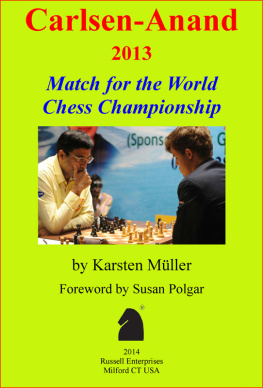
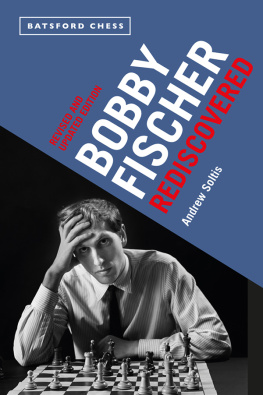
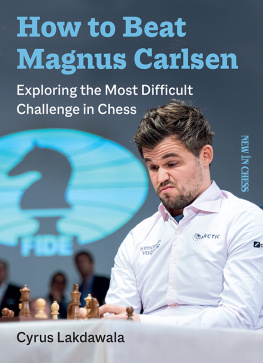

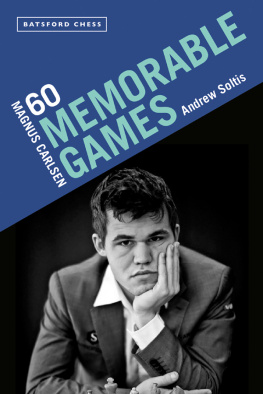
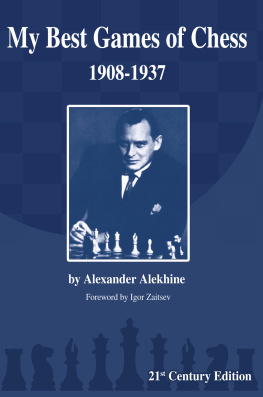

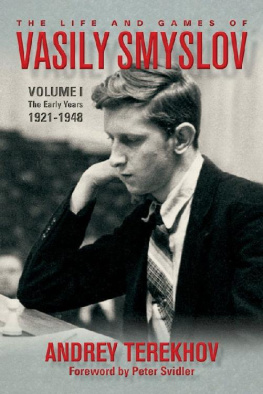
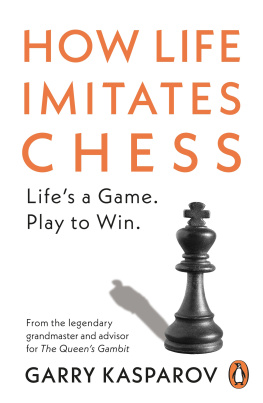
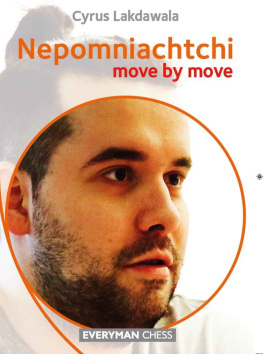
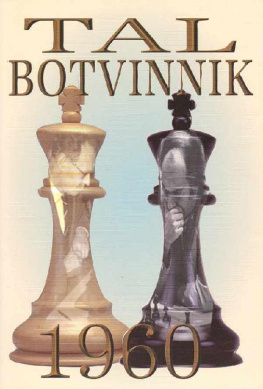
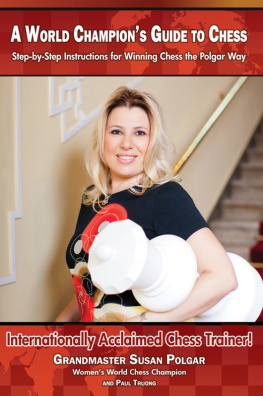


 White is slightly better
White is slightly better White has a clear advantage
White has a clear advantage Black is slightly better
Black is slightly better Black has a clear advantage
Black has a clear advantage with compensation
with compensation